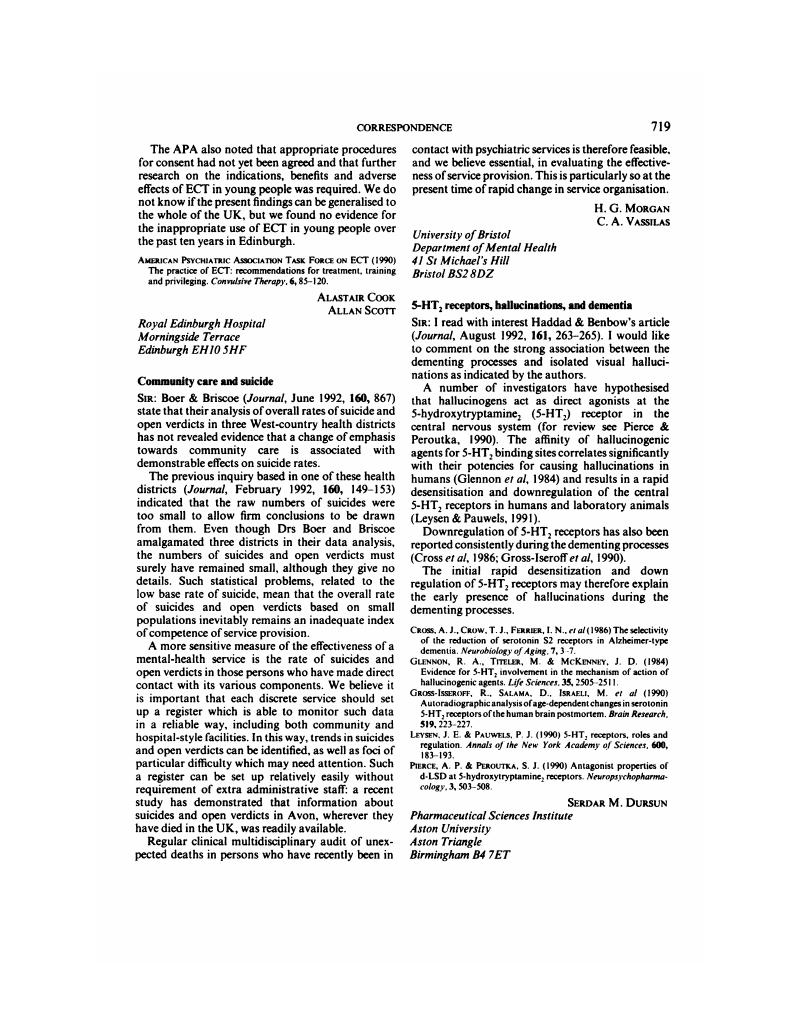Crossref Citations
This article has been cited by the following publications. This list is generated based on data provided by Crossref.
Ho, James H.
and
Dargan, Paul I.
2016.
Critical Care Toxicology.
p.
1.
Ho, James H.
and
Dargan, Paul I.
2017.
Critical Care Toxicology.
p.
1439.
Ho, James H.
and
Dargan, Paul I.
2018.
Critical Care Toxicology.
p.
1.
Salter, Mark D.
and
Gunja, Naren
2022.
Novel Psychoactive Substances.
p.
381.






eLetters
No eLetters have been published for this article.